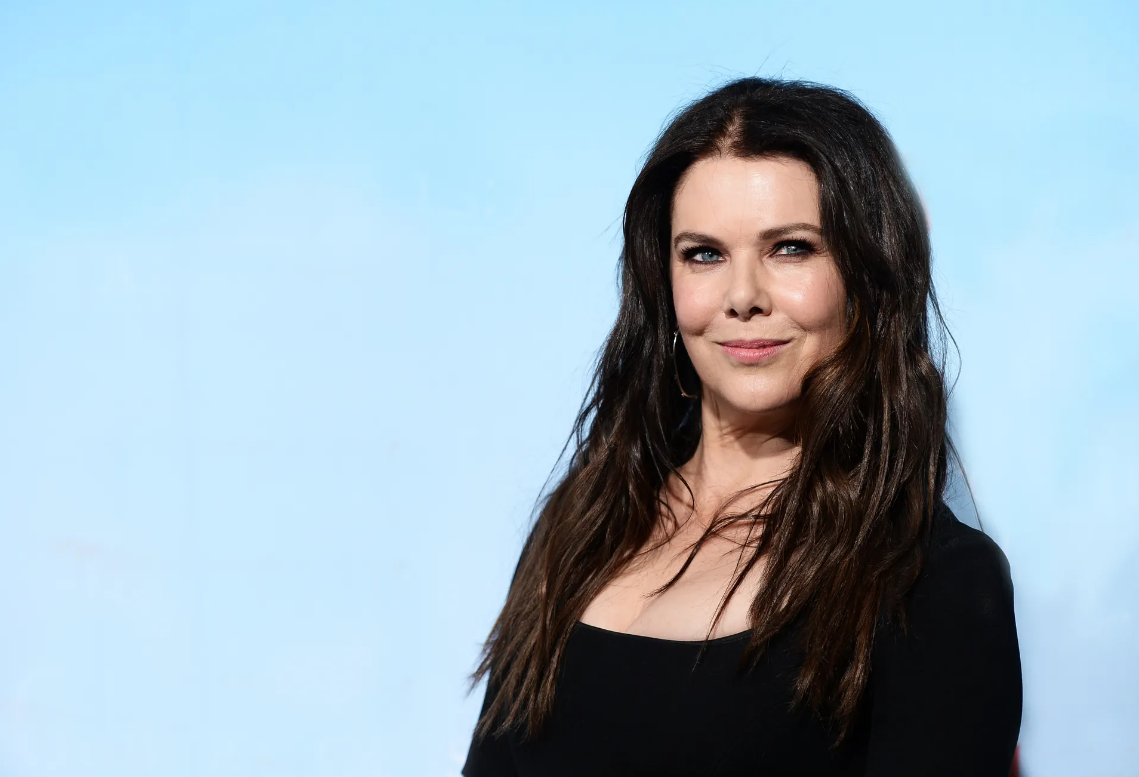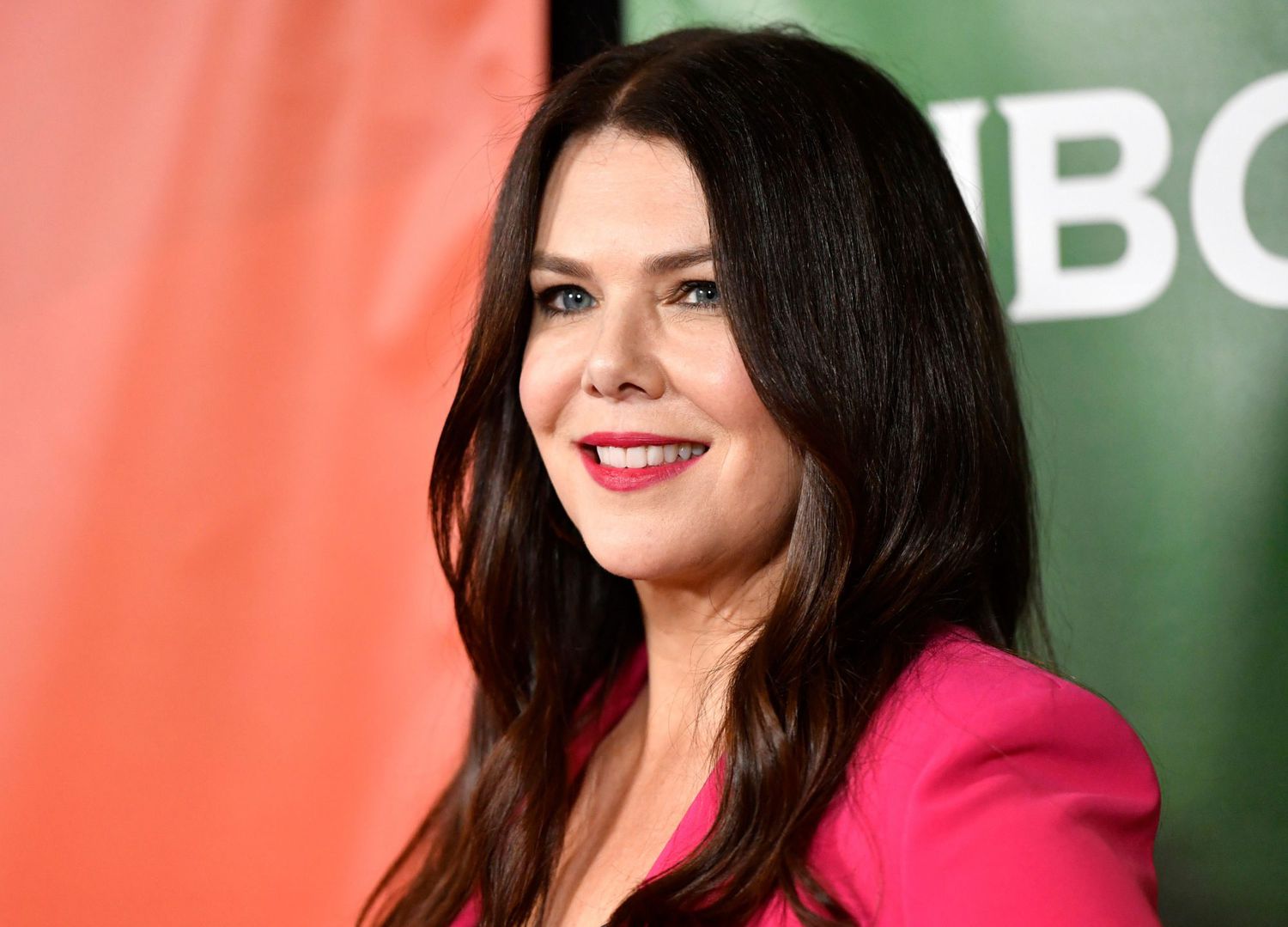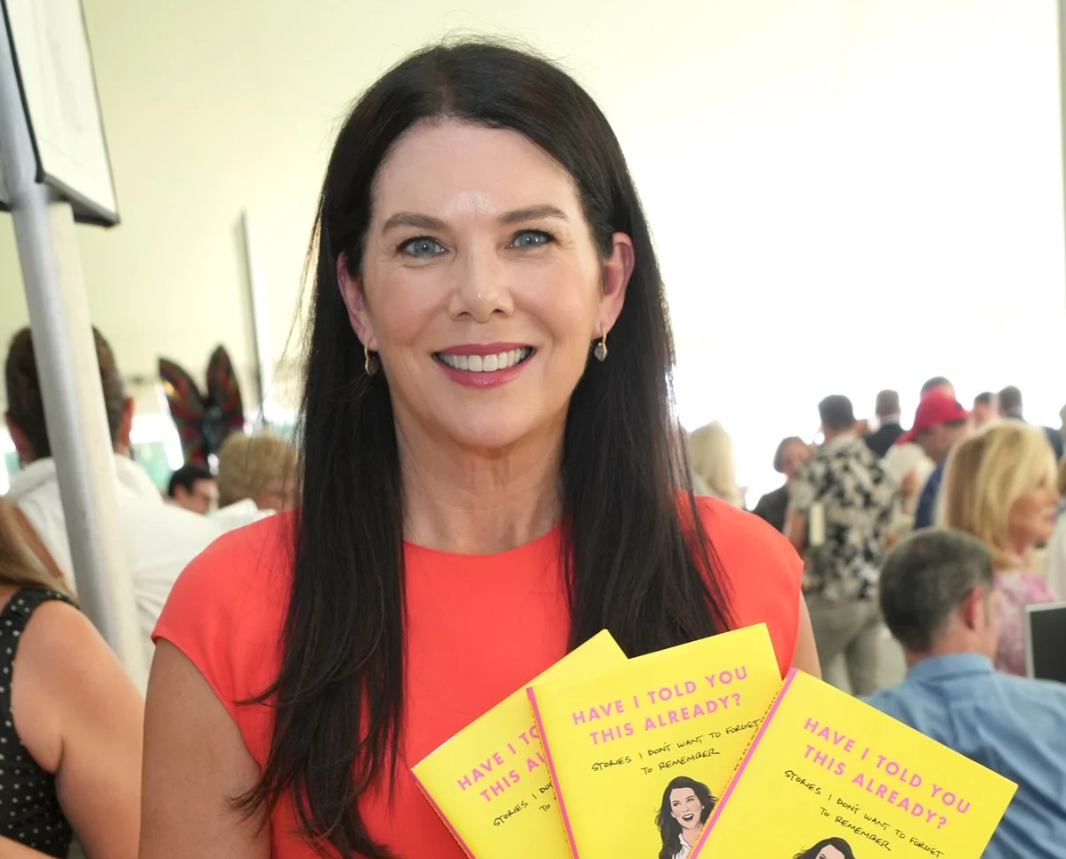Lauren Graham, a highly accomplished actress, is renowned for her versatile acting skills which have been showcased in a myriad of roles throughout her illustrious career. Born in Honolulu, Hawaii in 1967, Graham’s journey to stardom began with guest appearances on popular sitcoms during the 1990s, gradually establishing a name for herself in the industry. Her breakthrough role came in 2000, when she was cast as the lovable Lorelai Gilmore in the widely acclaimed series, “Gilmore Girls.” Her portrayal of a single mother navigating life and love in a small town received widespread appreciation, earning her a Golden Globe nomination.
Following the success of “Gilmore Girls,” Graham continued to amass impressive acting credits, including a notable role in the NBC series, “Parenthood,” where she played the character Sarah Braverman for six successful seasons. Her performance won her critical acclaim, further solidifying her place in the industry. In addition to her work on television, she has also made her mark in films such as “Bad Santa,” “Evan Almighty,” and “Because I Said So.”
Graham’s talents are not confined to acting alone. She has proven her literary prowess with the release of her memoir, “Talking As Fast As I Can: From Gilmore Girls to Gilmore Girls (and Everything in Between)”, which became a New York Times bestseller. The memoir provides a candid look into her life and career, including behind-the-scenes insights from her time on “Gilmore Girls” and “Parenthood.”
In 2016, Graham reprised her role as Lorelai Gilmore in the Netflix revival series “Gilmore Girls: A Year in the Life,” once again enchanting audiences with her compelling performance and reminding them of why they fell in love with the character and the series in the first place.
Over the years, Graham has continued to demonstrate her versatility and depth as an actress, effortlessly transitioning between comedy and drama, and continually captivating audiences with her dynamic performances. She is also well-respected within the industry, admired by fellow actors and professionals for her talent, work ethic, and dedication to her craft.
Graham’s impressive career and achievements serve as a testament to her talent and dedication. With her charm, wit, and undeniable talent, she has managed to carve out a remarkable career in a highly competitive industry. Her contribution to the world of television and film is undeniable, making her a true icon in the industry. Whether it’s on the small or big screen, Lauren Graham continues to inspire and entertain, leaving an indelible mark on the hearts of audiences worldwide.

Iconic Characters That Defined Her Career
Throughout her career, Meryl Streep has embodied a plethora of iconic characters that have not only defined her career but also entrenched her status as one of the most revered actresses of her generation. From her heart-wrenching portrayal of Sophie in “Sophie’s Choice” that earned her an Academy award to her shrewd and sophisticated depiction of Miranda Priestly in “The Devil Wears Prada,” Streep’s chameleon-like ability to morph into any character has left an indelible mark on Hollywood.
Her portrayal of Julia Child in “Julie & Julia” was a masterstroke that showcased her ability to depict true-life characters with uncanny accuracy, while her role as the British Prime Minister Margaret Thatcher in “The Iron Lady” further cemented her status as a versatile powerhouse, earning her another Academy award.
Moreover, Streep’s performance as Donna in the “Mamma Mia!” series captivated audiences worldwide, proving her range extends beyond dramatic roles to musicals as well. Her ability to convey complex emotions in every role, whether it be a stern editor, a distressed mother, or a vivacious, singing hotel owner, is a testament to her immense talent and range.
In “Kramer vs. Kramer,” Streep showcased her ability to portray a mother torn between her own needs and those of her family, a role that resonated deeply with audiences and critics alike. Similarly, her portrayal of a Catholic school principal suspecting a priest of wrongdoing in “Doubt” was a testament to her ability to convey strength and conviction, even in the face of uncertainty.
Each of these characters has played a pivotal role in shaping Streep’s illustrious career. Her ability to breathe life into each character, regardless of their background or circumstances, has contributed to her legacy as one of the most influential actresses of all time. Her roles have not only defined her career, they have also redefined the possibilities for women in film, demonstrating that female characters can be as complex, challenging, and compelling as their male counterparts.
Notable Collaborations and Creative Partnerships
Creative collaborations and partnerships play a significant role in fostering innovation and driving growth in various industries. These alliances, formed between notable figures or organizations, often result in groundbreaking projects and outcomes that might not have been possible through individual effort. For instance, the world of technology witnessed a remarkable partnership between Steve Jobs and Steve Wozniak, the co-founders of Apple Inc, who together revolutionized the computer industry.
Similarly, in the realm of music, the collaboration between Paul McCartney and John Lennon of The Beatles produced timeless classics that still resonate with listeners today. Another quintessential example of a creative partnership is between director Martin Scorsese and actor Robert De Niro, whose collective efforts have brought forth some of cinema’s most revered films.
In fashion, the alliance between designer Marc Jacobs and artist Takashi Murakami resulted in a unique blend of contemporary art and high fashion, making a significant cultural impact. In literature, Neal Gaiman and Terry Pratchett’s collaboration led to the creation of the acclaimed novel, ‘Good Omens.’ These instances underscore the fact that when creative minds align, they can transcend traditional boundaries and generate extraordinary results.
These partnerships not only fuel the creative process but also catalyze innovation and progress in their respective fields. Therefore, these notable collaborations and creative partnerships demonstrate the power of combined effort and shared vision in creating transformative and impactful works.

Impact of Her Work on Pop Culture
Her influence on pop culture is both profound and far-reaching. From fashion trends to music concepts, her creative output has significantly shaped the cultural landscape. Her innovative style, unapologetic persona, and boundary-pushing artistry have inspired countless individuals to embrace their individuality and challenge societal norms. Her work transcends the boundaries of traditional pop culture, infiltrating various facets of society including literature, film, and art. Her unique vision has been instrumental in redefining what is considered mainstream, thereby shifting the cultural paradigm.
This icon’s impact extends beyond her immediate fan base. She has managed to permeate the collective consciousness, becoming an integral part of the cultural discourse. Her work has not only entertained millions worldwide but also sparked important conversations about identity, self-expression, and acceptance. In this way, she has become a catalyst for change, pushing the envelope in terms of what is acceptable or expected in pop culture.
Her work has also had considerable economic implications on the pop culture industry. From record-breaking album sales to sold-out tours, her commercial success has undeniably influenced the way the industry operates. Moreover, her ability to branch out into different areas – such as fashion, beauty, and film – has demonstrated the potential for cross-industry collaborations, thus setting a precedent for other artists to follow.
In conclusion, her contribution to pop culture is immeasurable, setting trends and breaking barriers in ways that have forever changed the industry. Whether through her distinctive style, thought-provoking lyrics, or groundbreaking performances, her influence continues to resonate, shaping the pop culture landscape in ways that will be felt for generations to come.
Personal Life and Professional Balance
Maintaining an equilibrium between personal life and professional life is a significant challenge in today’s fast-paced world. It is critical to ensure that one sphere does not overshadow the other, causing stress and dissatisfaction. Achieving this balance is a dynamic process, requiring constant adjustment and re-evaluation. An individual’s professional life necessitates dedication, commitment, and often long hours, but it’s essential to not lose sight of the personal aspects such as spending quality time with loved ones or pursuing hobbies and interests. Neglecting either of these aspects can lead to burnout or emotional distress. On the other hand, if maintained properly, this equilibrium can lead to increased productivity at work and a happier, more fulfilled personal life.
Time management skills are paramount in achieving this balance. Setting clear boundaries between work and personal life, such as designating specific times for work tasks and personal activities, can help prevent one from encroaching on the other. It’s also beneficial to prioritize tasks and delegate when possible, ensuring that work doesn’t become overwhelming.
Flexibility is another crucial factor. With the rise of remote work and flexible working hours, individuals can tailor their schedules to better fit their personal needs. This adaptability can greatly aid in reducing stress and improving overall work-life balance.
Self-care should not be forgotten in the quest for balance. Regular exercise, a balanced diet, and adequate sleep can significantly enhance one’s physical and mental well-being, making it easier to handle the demands of both personal and professional life.
In conclusion, striking a balance between personal life and professional life is not just desirable but necessary for overall well-being. It requires conscious effort, flexibility, and effective time management. Despite the challenges, the rewards of a well-balanced life are immense, leading to increased job satisfaction, healthier relationships, and a more fulfilled life.

Influence on Television and Film Industry
The television and film industry is greatly influenced by various factors, ranging from technological advancements to cultural shifts. Firstly, technology has played a monumental role in shaping the industry. The advent of streaming platforms like Netflix, Amazon Prime, and Hulu has revolutionized the way content is produced and consumed, pushing the industry towards producing more serialized content. Furthermore, these platforms have also democratized content production by providing independent filmmakers with an avenue to showcase their work to a global audience, thus diversifying the industry’s content.
In addition to technological influences, societal values and cultural norms also significantly impact the direction of the industry. Filmmakers and television producers are increasingly recognizing the importance of representation and diversity in their content. As society becomes more aware and accepting of different cultures, identities, and experiences, the industry has also shifted to reflect these changes in its content.
Moreover, the financial aspect cannot be overlooked. The economic viability of a project can greatly sway decisions in the industry. High-budget productions need to ensure considerable returns, which often influences the type of content produced, the casting decisions, and the marketing strategies employed.
Finally, audience preferences and viewership trends also exert significant influence. With the power of social media, viewers can now voice their opinions and feedback directly to content creators, influencing future productions. Trends like the rise of reality television or the current popularity of superhero movies illustrate how audience demand can shape industry output.
In conclusion, the television and film industry is a dynamic entity, continually evolving under the influence of technology, societal norms, financial considerations, and audience preferences. All these elements intertwine to shape the industry’s landscape, dictating the kind of narratives that are told and the way they are presented to the audience.
